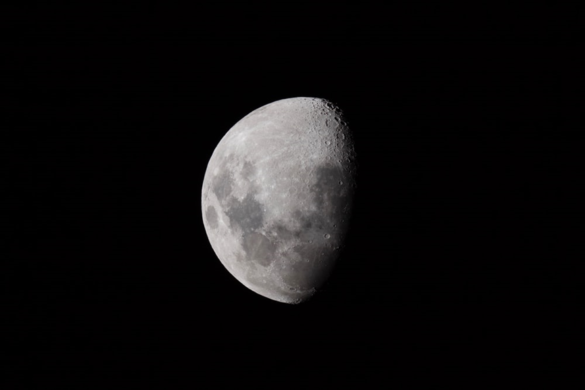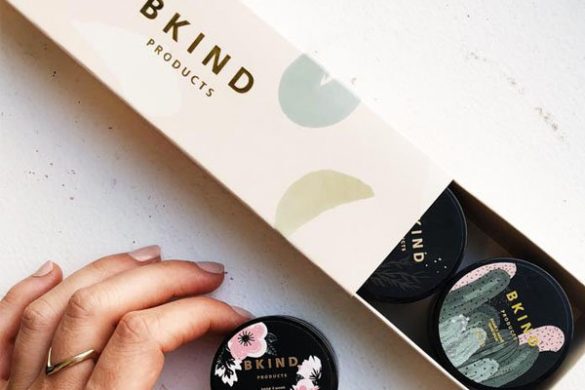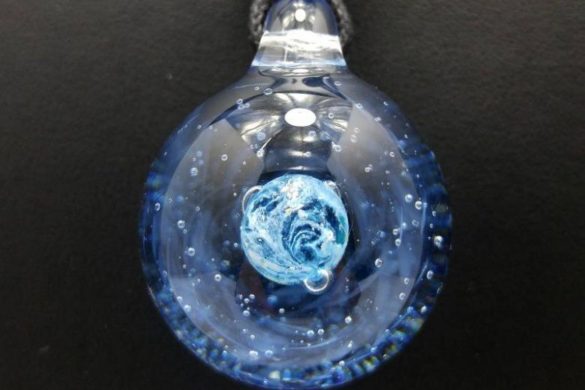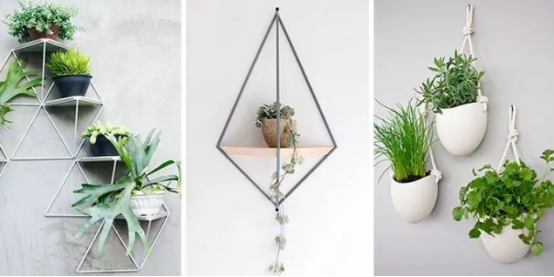
“Wagashi” are Japanese confections. Beautiful and diverse, these delicacies are dedicated to Shinto gods and Buddhist deities, or used to end a meal. More importantly, they can show the provider’s sincerity and emotions.
Kimura Soshin, a tea master, made a piece of wagashi every day from 2012 to 2013. Just as Kawase Toshiro, a master of ikebana, had spent a year producing 365 flower arrangements, “One Day One Flower”, to pray for the 3.11 earthquake survivors, Kimura prayed in the form of “One Dessert a Day”.
He believes that wagashi, snacks used in the tea ceremony, are not just for eating. One can also perceive them through his/her other four senses, including touch, so he/she will be fully mobilized.
Some of the wagashi from the book One Dessert a Day by Kimura Soshin are as follows:
Spring

March 4 | Hichigiri | Clam Bowl
Hichigiri, or “to tear off” in Japanese, are formed as if they were torn off and resemble pearl oysters, hence the name. A clam bowl holding hichigiri is suggestive of the mother.

March 13 | Aoniyoshi | Hokke-ji Temple Tile
At this annual festival of Kasuga Grand Shrine, Nara, here’s the local specialty in the shape of poem slips. In the poem by Ono no Oyu, a Japanese poet of the 8th century, Nara’s “blue-dark clay” (Aoniyoshi) is colored further by the red from the flowers in full bloom:
In the capital of Nara
Of the blue-dark clay,
The blooming flowers
Are now at their peak,
As if red color was exuded by them.

April 1 | Peach Castella | Turkish-Style Red Pattern Dish
On April Fool’s Day, Kimura made a peach-like cake, or rather a Nagasaki castella with a fondant peach on it. It seems that “sometimes the fake is more realistic than the real.”

April 15 | Flower Hairpin | Rising Sun Tray
The bean paste is shaped into the flower hairpins on those who are enjoying cherry blossoms. Cherry blossom petals or circular lanterns with a running water pattern are linked by sharp, brightly green bamboo sticks in the red round tray.
Summer

June 6 | King of Flowers | Lion & Peony Fan-Shaped Dish
The pressed peony in the eyes of Kimura Soshin is luxurious and gorgeous. Its status as the king of flowers is accented by the king of beasts on the dish.

July 10 | Gion Matsuri | Colored Spear Dish
Today is a time for float construction in the Gion Festival, which dates back more than 1,000 years to the time when it began as a way to halt the plague in Kyoto.
A must-see in the annual festival from July 10 to 24 is the “Yama-Hoko Junko” procession of floats, especially that of “hoko” floats topped with spear-like poles and carrying musicians. The confection is patterned on the colored curtains of such floats.

August 8 | Minamo (Water Surface) | Colored Seaweed Boat-Shaped Bowl
This cool wagashi is made from grated yams with swirls on its surface that mimic water ripples, a traditional Kyoto practice. In its bottom is green filling as moss and other waterside plants. The boat-shaped utensil is a perfect match for such a confection.
Fall

September 3 | Moon on Water | Blown Ink Rabbit Dish
Autumn’s here. Dye agar yellow with gardenia fruit, round it with a mold, name it “Moon on Water”, and pair it with a rabbit dish. The name, season and utensil fit together!

October 14 | Sen’nari | Gold-Sprinkled Chrysanthemum-Shaped Paulownia Wood Stand
It is mid-October, and green bottle gourds have turned yellow, so dye white bean paste yellow and shape it into a gourd.

November 25 | Tatsutagawa | Colored Korin-Style Pattern Dish
Tatsutagawa, or the Tatsuta River, is very famous from old times for its autumnal red leaves, and mentioned in the poems of Ariwara no Narihira, a 9th century Japanese poet:
Unheard of
even in the legendary age
of the awesome gods:
Tatsuta River in scarlet
and the water flowing under it.
The wagashi, if dyed green, is called “Green Maple Leaf.”
Winter

December 24 | Christmas Eve | Red Pattern Dish
Coat a ball of bean paste with threads of a different variety of bean paste, and hold this “kinton” in the Netherlands-made Chinese-style Red Pattern Dish. Christmas Eve for everyone, whether Eastern or Western!

January 1 | Kagami Mochi (Mirror Rice Cake) | Black-Lacquered Table
It’s New Year’s Day. The snow-white rice cake is considered a symbol of a good harvest.

February 4 | Young Greens Grated Yam | Pine & Crane Layered Box
It’s Lichun, the beginning of spring, even though it is still cold. Add the tender greens of early spring to grated yams, and fill the yams with red bean paste, using red and white colors which represent happiness and joy.












